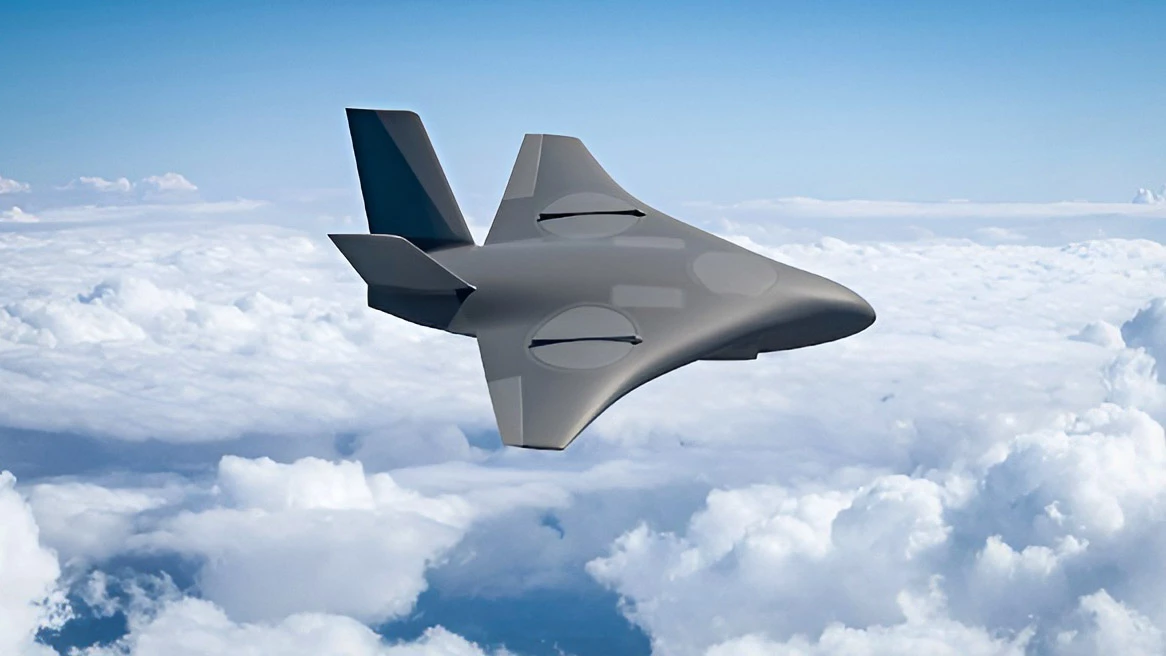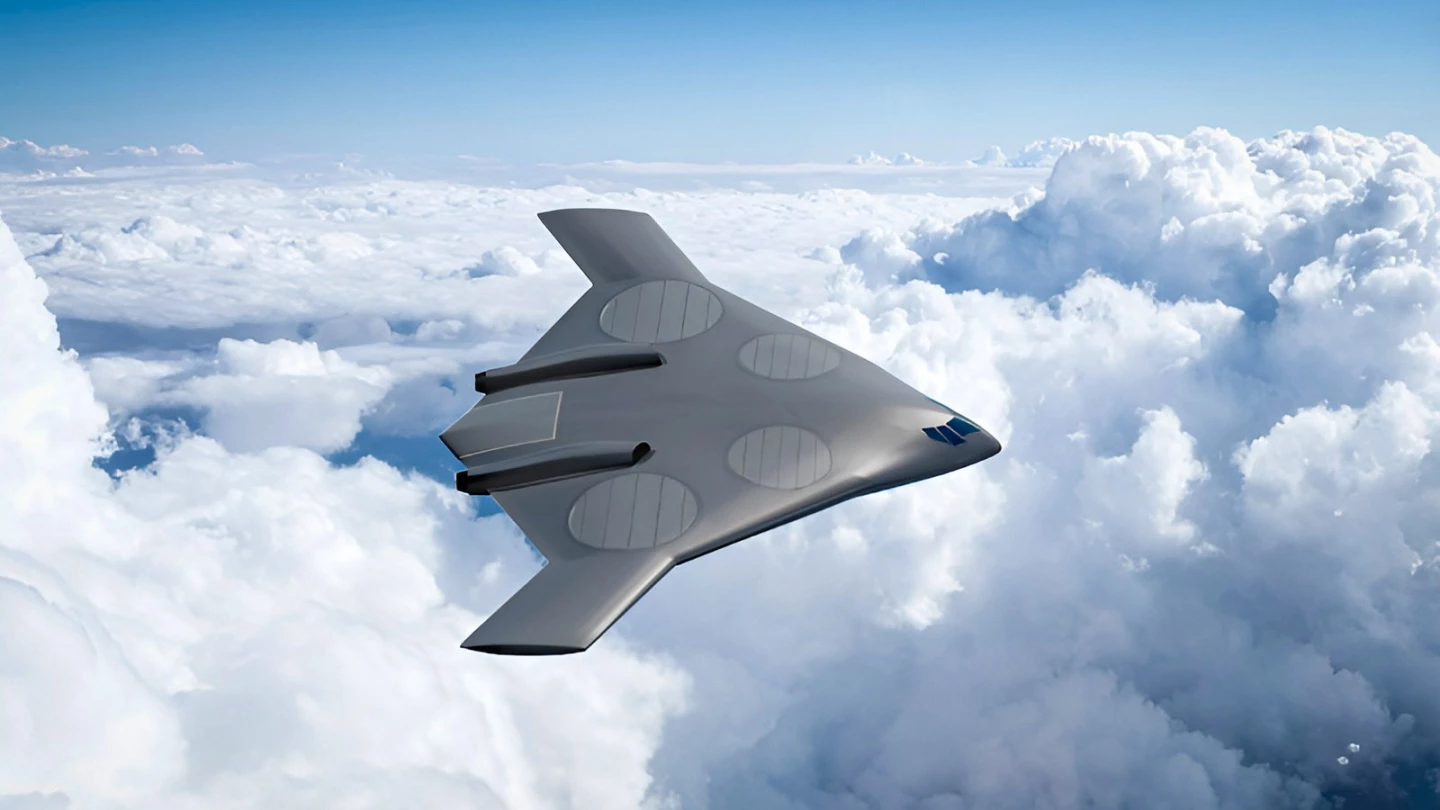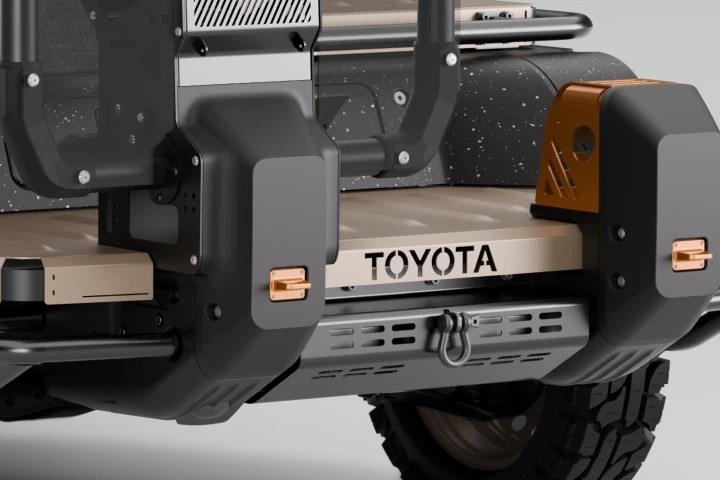Boeing subsidiary Aurora Flight Sciences is working on a high-speed VTOL military aircraft as part of DARPA's Speed & Runway Independent Technologies (SPRINT) program. Early ground effect testing has demonstrated its fan-in-wing vertical lift system.
DARPA is running the SPRINT program jointly with the US Special Operations Command. The stated goal is "to design, build, and fly an X-plane to demonstrate the key technologies and integrated concepts that enable a transformational combination of aircraft speed and runway independence."
Essentially, the outcome will be a proof-of-concept demonstrator for a new class of military aircraft with the ability to move troops and/or cargo much faster than helicopters, with the operational flexibility of land-anywhere VTOL – so it's not there to compete with the F-35 Lightning as a VTOL-capable fighter plane, more as a high-speed transport option.

It's currently in Phase 1B – the preliminary design stage, in which Aurora's fan-in-blended-wing design is competing against Bell's HSVTOL concept, which is more like a Bell Boeing V-22 Osprey tilt-rotor – except with big ol' jets taking over for high-speed cruise flight as the large VTOL rotors fold out of the way.
The demonstrator – should Aurora win the contract to build it – will be an uncrewed plane with a 45-ft (14 m) wingspan, capable of carrying 1,000 lb (454 kg) of payload. Its turbofan and turboshaft engines will give it a maximum speed around 450 knots (518 mph / 834 km/h).
Its VTOL system will consist of three vertical lift fans – one in each wing, and one in the forward-center of the fuselage, with aerodynamic covers for cruise flight that fold open when it's time for the lift fans to get to work.

But the full-size vision here is more than twice that size, with a wingspan of 130 ft (40 m) and a payload bay door some 40 ft (12 m) wide. This machine will use four lift fans, two in each wing, with more complex slatted covers on the tops and bottoms – presumably these might even offer some thrust vectoring capabilities for added agility, responsiveness and stability in a hover.
It's interesting to note that there don't seem to be any flaps or physical control surfaces on the full-size concept pictured here. A simple matter of lazy Friday-afternoon rendering at Aurora, or perhaps a nod to another project the company is working on for DARPA?
That'd be the full-scale X-65, built as a demonstration platform for a new technology that replaces all moving control surfaces with "active flow control" actuators. These blast jets of compressed air out of nozzles along the wings to change air pressure in specific locations and control the plane's roll, pitch and yaw without external moving parts. Unlikely, but then, you never know...
Aurora completed the first of three test sessions for the fan-in-wing concept earlier this year, using a small 4.6-ft (1.4-m) wingspan model with three ducted lift fans embedded in it. This ground effect test mainly validated that the height of the landing gear is sufficient to stop the aircraft going into an adverse pitching moment during ground operations, and that the "suck down effects" created in a hover are "negligible."

Next steps will require a 9-ft (2.7-m) wingspan model for stability and control testing in a wind tunnel, followed by a 5.25-ft (1.6-m) semi-span model to further test the aerodynamics of the vertical lift system.
Aurora and Bell's preliminary designs will be reviewed in April 2025, and the demonstrator, or demonstrators that get built are scheduled to begin flight testing sometime in 2027.
“The SPRINT program offers the opportunity to deliver a game-changing capability to the warfighter,” says Mike Caimona, president and CEO of Aurora Flight Sciences, in a press release. “High-speed, stealth, runway-independent transport could help keep warfighters safe and effective in contested environments, so no domain is out of reach for our U.S. military.”
Source: Aurora Flight Sciences








